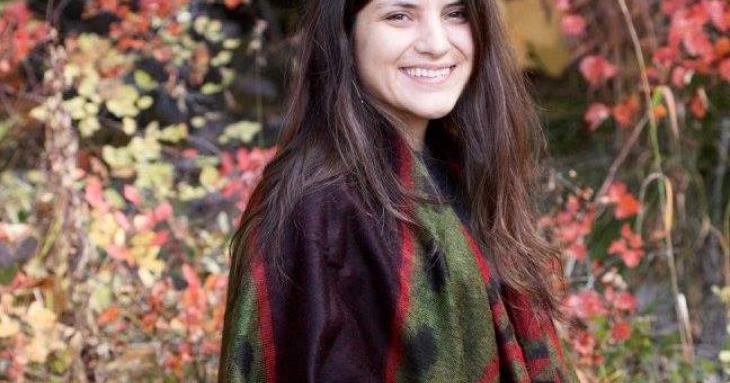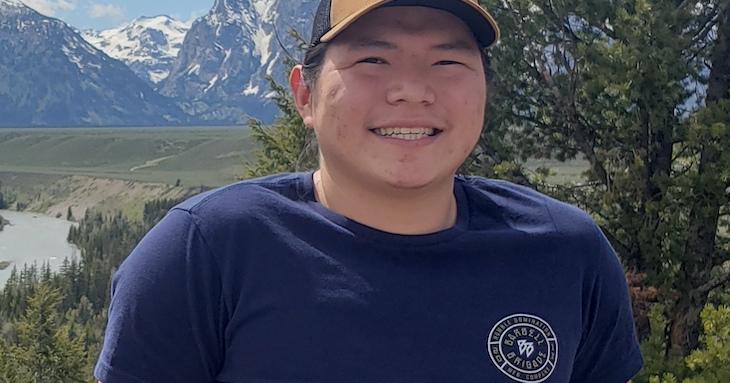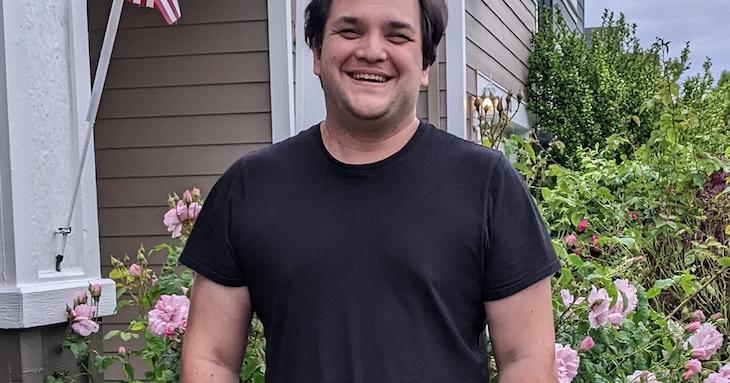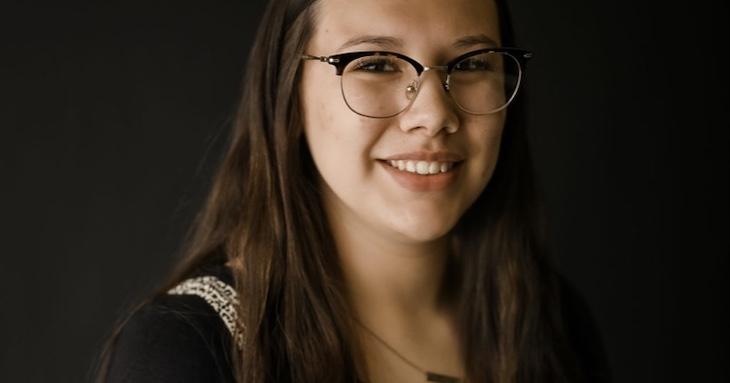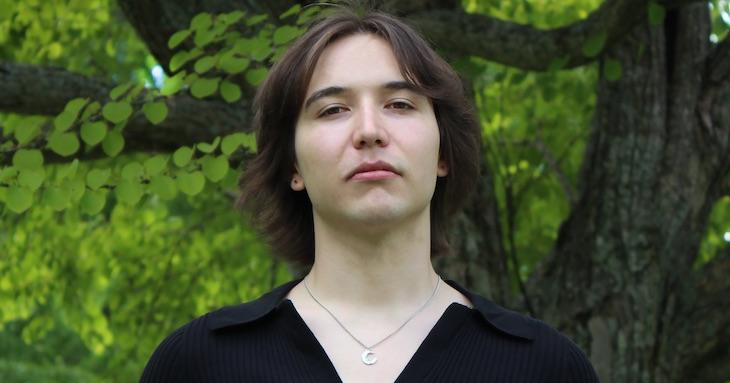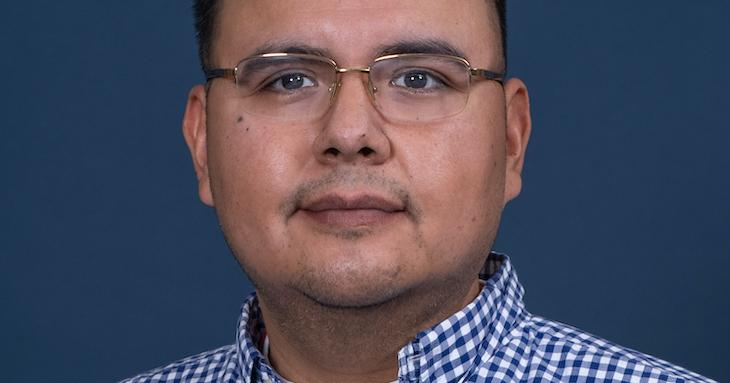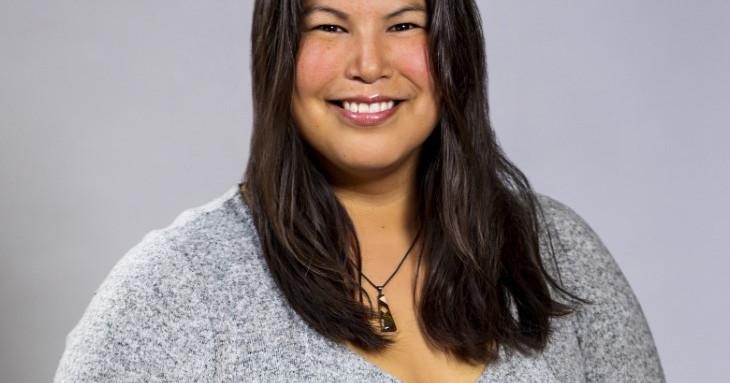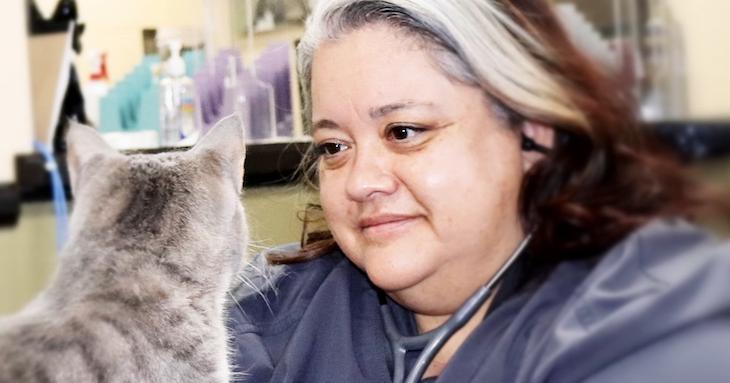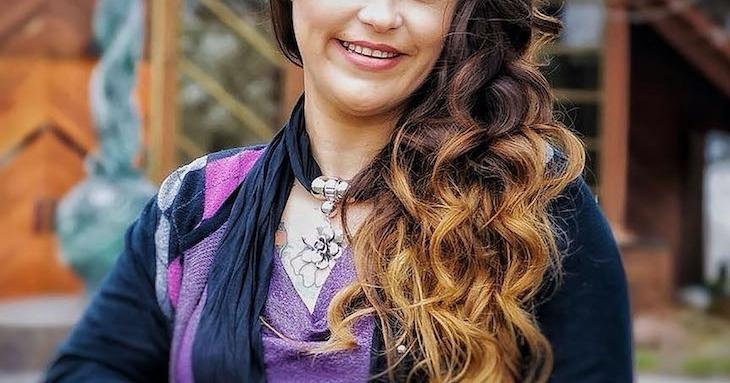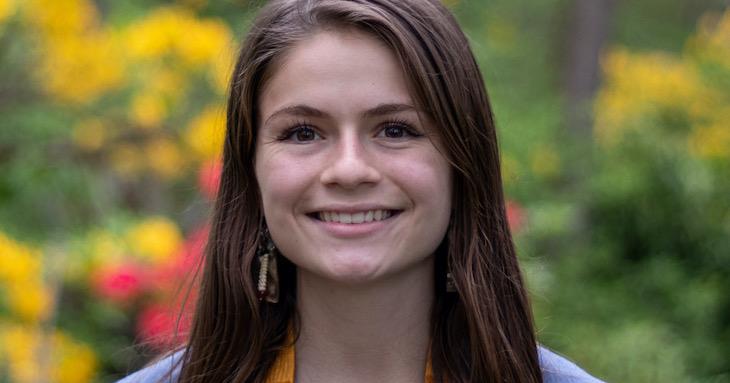-
Hannah Funke | Confederated Salish and Kootenai Tribes | Salish Kootenai College and University of Idaho
It’s not surprising that Hannah Funke has more than a passing interest in fire. She grew up in northwest Montana, where there is a prevalent fire season. When she was young, she and her father would chase wildfires, observing the crews managing them. Both her parents fought fires — her mom’s desire to become a smokejumper was interrupted when she got pregnant with Hannah. Her father went on to become a welder and her mother went back to school to become a paralegal and later a nurse. Neither continued their fire fighting as Funke grew older.
-
Lee Johnson | Navajo Nation | MuleSoft, A Salesforce Company
Lee Johnson hunts bugs. Not the kind with six legs, but flaws in computer code. He’s living his life’s dream as a security engineer working on MuleSoft, a Salesforce product, in Phoenix. “This is my passion. I’ve always loved trying to hack into things,” says Johnson.
-
Benjamin Quanah Parker | Squaxin Island Tribe | Portland State University
Dr. Benjamin Parker recently became the first Indigenous student to earn a PhD in mathematical sciences from Portland State University. He joins a list of only 37 Indigenous people with a doctorate in math. While a career in academia supporting students as an ombudsman may be in the cards for the future, Parker is currently content in his new role with Intel as a software research and development engineer.
-
Amaiya Bearpaw | Cherokee Nation of Oklahoma | Northeastern State University
Amaiya Bearpaw has always loved the outdoors. Preserving and improving the land that her family and community are part of has been a force in her life. Now, as she gets ready for her senior year in geography and sustainability studies at Northeastern State University, Bearpaw is even closer to her goal of making a difference in her community — and to the land that her community calls home.
-
Clara Sockbasin | Tobique First Nation | University of Waterloo
It would be an understatement to say Clara Sockabasin felt alienated when she first left her small New Brunswick community of Tobique First Nation for university halfway across Canada. Adapting to rigorous classwork at the University of Waterloo in Ontario, a top engineering school, was a harsh reality check. “Starting school, I was already behind,” recalls Sockabasin.
-
Paul Flores | Gila River Indian Community | Pit River Tribe
“A wild ride.” That’s how Paul Flores, tribal administrator for the Pit River Tribe in Burney, Calif., describes his life. “Be open to any opportunity, because you don’t know where it’s going to lead,” he says. A member of the Gila River Indian Community, Flores grew up in Arizona, dropped out of high school, joined the Army, and became an infantryman. During the second Iraq war, in the battle-ravaged town of Ramadi, a hidden bomb exploded and wounded him. “I expected to be jumping out of airplanes and fast roping off helicopters for 20 years,” he says. “Didn’t happen that way.”
-
Jessica Vandenberghe | Dene Tha’ First Nation | University of Alberta | Engineering Community and Culture
Growing up on a farm in northern Alberta, Jessica Vandenberghe had plenty of time to investigate how things work. What she didn’t have was much exposure to different professions. She had been leaning toward a medical career until an engineer visited her grade 11 chemistry class. “I had not heard of engineering before then,” she recalls. “Working with inanimate objects rather than working on people appealed to me.”
-
Dr. Christina Swindall | Gabrieleño Band of Mission Indians – Kizh Nation | Cypress Animal Hospital | Veterinarian
For Dr. Christina Swindall, Gabrieleño, becoming a veterinarian was a childhood dream. She grew up in the Los Angeles area the ancestral homeland of her tribe — spending much of her time assisting her mother, who had been blind from the age of 14. In their home the health of family pets was not a priority — the animals weren’t spayed or neutered and didn’t see the vet when they were sick. Dr. Swindall knew that she wanted better outcomes for animals and focused her energy on becoming a vet.
-
Joanna Kern Cooley | United Houma Nation | Saginaw Valley State University, Saginaw Chippewa Tribal College | Neuroscience, Native American Studies
Joanna Kern Cooley is fascinated by the human brain. For years she put that fascination on the back burner as she raised her family, and it wasn’t until Cooley turned 30 that she decided to apply to college to become a doctor. Now, as she works toward completing her bachelor’s degree in neuroscience at Saginaw Valley State University in Saginaw, Mich., she is well on her way to achieving that goal.
-
Temerity Bauer | Round Valley Indian Tribes | University of Oregon Clark Honors College
When most people say they want to be a doctor or researcher, they often imply that their parents forced them into it. My parents are professors of history — boy, were they surprised when I came out loving math and science!
The students and professionals profiled in Winds of Change share their journeys and some tips they’ve picked up along the way. Our AISES members come from diverse backgrounds and far-flung places, and not all take the traditional route to higher education. You will probably see some elements of your own story reflected in these profiles. With the continuing support of family, friends, and AISES, these students — and you — are on the path to success.


